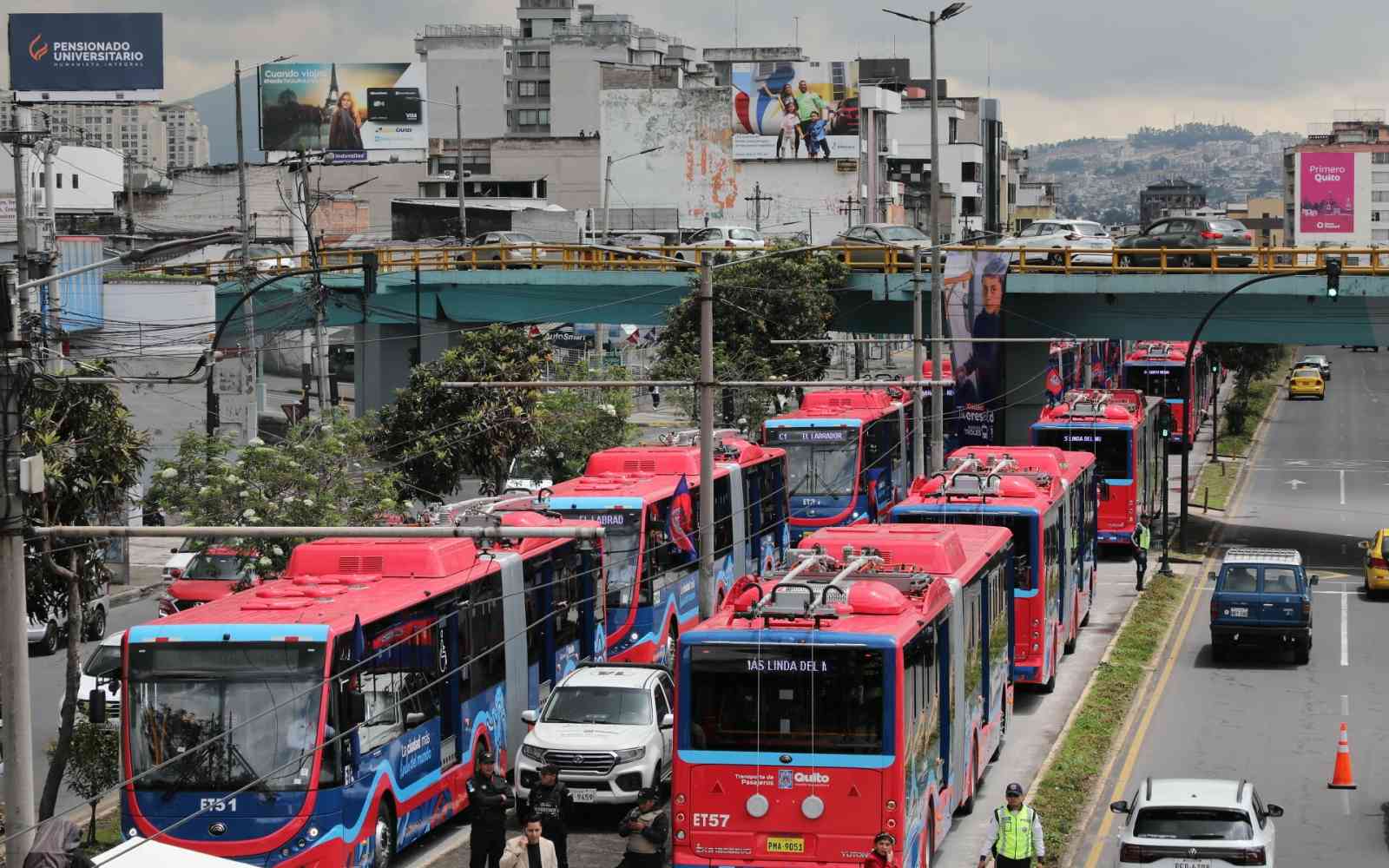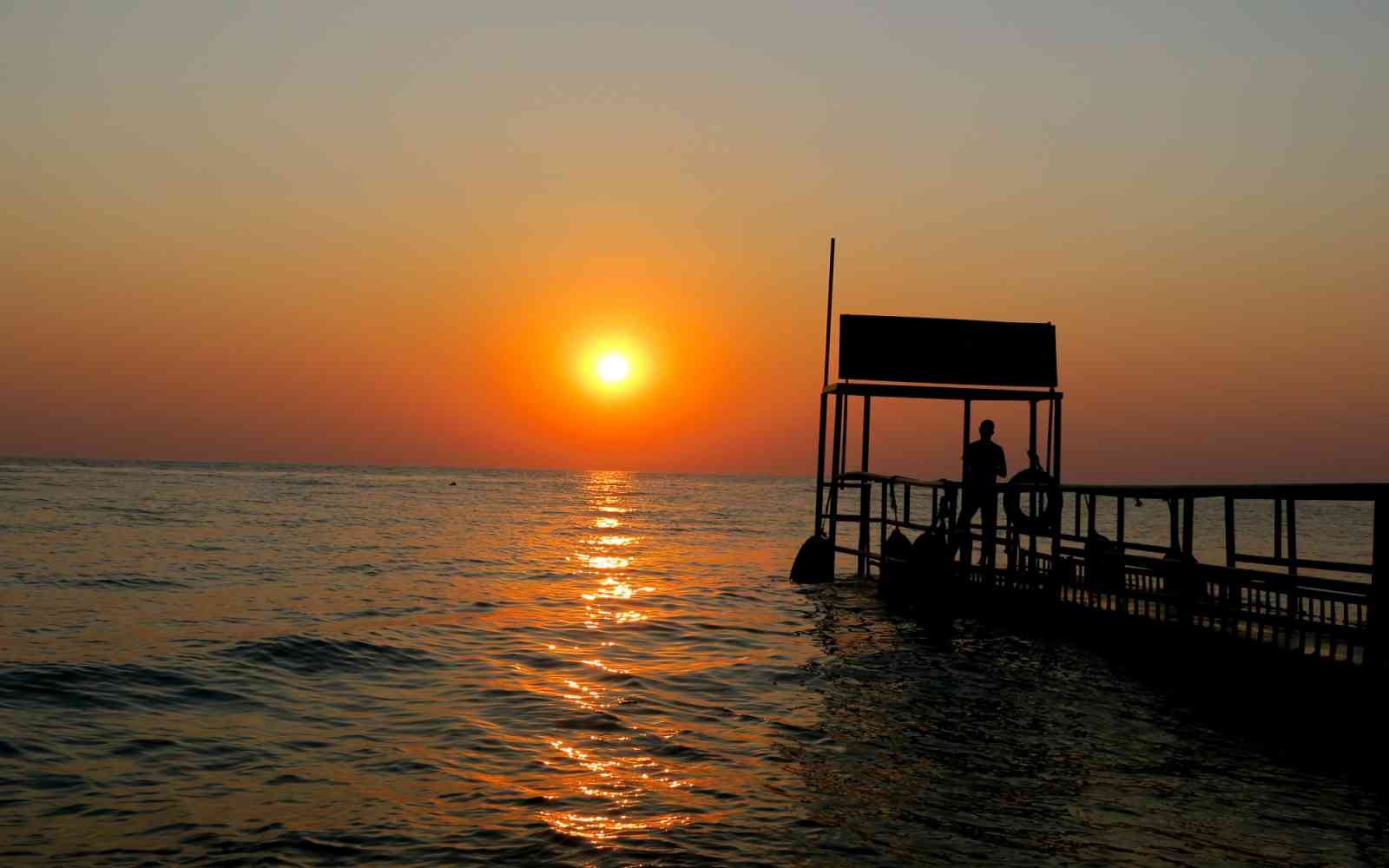The United Nations Office for Project Services (UNOPS)

Making Small Island Developing States more climate resilient
Infrastructure is a key element in ensuring Small Island Developing States can weather the impacts of climate change. Here’s why – and how to do it.
In this Insights vodcast, we chat to the experts working with Small Island Developing States on the frontlines of climate change.
Small Island Developing States don’t need to be told that climate change is real – they’re already seeing the impact. Many of these countries are only a few metres above sea level, leaving them vulnerable to and disproportionately affected by climate change-driven shocks and hazards. Many are already feeling these effects first hand.
Rising sea levels and extreme weather already pose serious threats to these nations – and put their infrastructure at risk. Infrastructure that is vital for development.
For example, in September 2017, Hurricane Irma – a category 5 storm – tore through the Caribbean, leaving a trail of destruction in its wake.
The island of Barbuda took a direct hit – approximately 50 per cent of the population was left homeless after more than 90 per cent of buildings on the island were damaged. On Saint Martin, the hurricane left two-thirds of homes uninhabitable, with no electricity, gas or drinking water.
PLANNING FOR THE FUTURE
On the low-lying Caribbean island of Saint Lucia, infrastructure is the backbone of the country’s society. It provides essential services – including water, electricity, education, waste management and emergency management – to its residents.
But the island nation’s geography leaves it more exposed to extreme weather events, including hurricanes and tropical storms. And the resulting aftermath of these events, in particular floods and landslides, threatens the very infrastructure that provides vital services.
In 2010, Hurricane Tomas wiped out 43 per cent of Saint Lucia’s Gross Domestic Product overnight. The island saw severe and widespread damage with power lines toppled, bridges destroyed and roads rendered impassable – including part of Saint Lucia’s main highway when landslides tore away large portions of it.
The threats from climate change are having devastating real-world impacts now.
We must enable governments to make better-informed investment decisions when it comes to designing and building infrastructure that can withstand climate change-driven threats.
UNOPS is helping countries like Saint Lucia to protect its people and infrastructure from the threat of climate change and build resilience to its impact.
To better protect Saint Lucia now, and to better prepare for the future, the government is using an evidence-based approach to long-term infrastructure planning, developed by UNOPS in partnership with the University of Oxford.
Let's look at Saint Lucia's freight network, as an example.
Saint Lucia depends on its freight network to receive essential goods – including wheat, medicine, food, and fuel for cooking and electricity – for use throughout the country. And the freight network is also vital for industries that depend on exporting – industries that employ 25 per cent of the country's labour force.
Saint Lucia's Castries and Vigie Cargo Ports play a vital role in its freight network – collectively, more than 50 per cent of the country's cargo leaves from these two ports. But with the more frequent storms brought on due to climate change, these two ports are also exposed to increased risk of flooding from storm surges, as well as threatened by rising sea levels.
That's why it's important to invest in risk reduction measures for the ports: to help ensure the country’s resilience in the face of disasters. A targeted infrastructure adaptation plan that takes into account rising sea levels and storm surges could help prevent the disruption of up to 577,000 tonnes of cargo going into and out of Saint Lucia every year – cargo valued at $446 million.
Cargo that is vital for ensuring the country's people have access to enough food, medicine, affordable energy and economic opportunities – in other words, cargo that's vital for long-term, sustainable development.
And that's only one example in one country of just how interconnected infrastructure is and the impact it has on sustainable development.
Using the latest developments in infrastructure systems modelling to integrate available data for certain hazard scenarios can help governments better understand how their current infrastructure systems are performing now. And it can help them safeguard their infrastructure in the future by enabling them to make better-informed infrastructure investment decisions.
Steve Crosskey
Steve Crosskey is the Deputy Director of UNOPS Infrastructure and Project Management Group. He’s a civil engineer with more than 30 years of experience in the private and development sectors, including 22 years of experience in East Africa.















